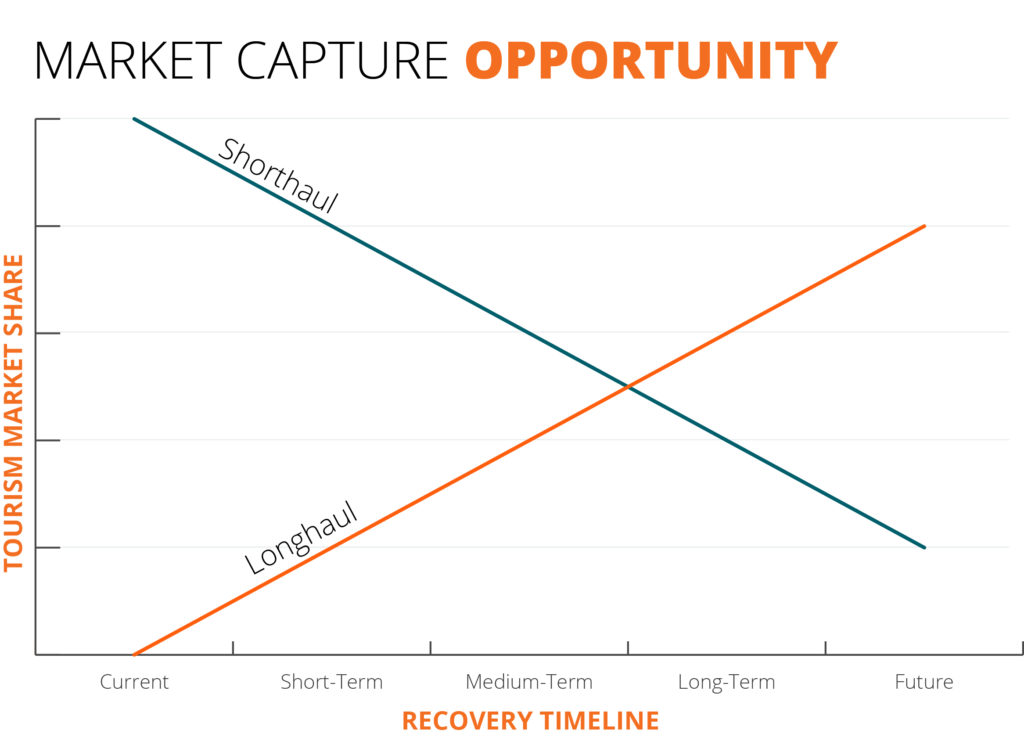Put Relationships at the Heart of Your Destination Recovery Strategy
Creating and nurturing strong relationships with travel trade and media is an investment that will give destinations that competitive edge as domestic travel resumes and booms.
While every RTO will find themselves navigating a crisis at some point, the last few months have knocked destination marketers for a six and sent previously approved campaign strategies back to the drawing board. Strategic planning and implementation are increasingly complex as reduced budgets, less staff, and travel restrictions add to the overall challenge. While these are all significant setbacks, resilient destinations who leverage existing relationships and hungrily seek out new ones can develop collaborative recovery strategies with key travel industry stakeholders that reach and motivate consumers. The time to move on this is now, with domestic travel opening up and set to boom.
Australian travel trade and media play a critical role in maximising the current opportunity. But, those relationships take time to build. This was the impetus for Gate 7’s “Keeping the Lights On” program, a suite of activity designed to bridge the gap between crisis and recovery while helping our clients develop, maintain, and nurture relationships with key travel trade and travel media to preserve and build brand awareness while recovering and strengthening their market position.

Domestic destination strategy – Now is the time to grab as much market share as possible and expand presence while international competitors are sidelined.
International destination strategy – With short-term recovery off the cards, it’s never been more important to maintain a presence in markets that will grow increasingly competitive.
As international destinations prioritise their own domestic markets for the time being, the opportunity is for Australian destinations to change the narrative around travel and attract and engage with locals who would normally have looked overseas.
Australians have historically largely restricted domestic travel for visiting friends and relatives or for short escapes, reserving cultural enrichment for international travel. Domestic operators can take advantage of travellers’ pent-up desire for cultural immersion and exploratory experiences, helping locals understand the opportunities for discovery, enrichment, and learning in our own backyard by seeing (and selling) Australia through a new lens.
Working hand-in-glove with Australian travel agents who have established client relationships is key. Collaborating with travel media will likewise build new awareness and desire for destinations, ultimately changing the domestic travel narrative.
Until earlier this year, domestic travel made up only one-third of Australian travel agents’ bookings; now it’s their only sellable option. The absolute necessity to sell domestic is an unprecedented opportunity to foster relationships and knowledge that will benefit destinations well beyond this crisis. By investing in relationships with Australian retail and wholesale travel networks today, Australian destinations will permanently increase their distribution channels which will pay dividends and allow larger market-share retention long-term.
There are three main tenants that should underscore any activity destinations are considering in the current climate.
Prioritise distribution, packaging, and training
Industry-wide, travel businesses are looking at how they can rebuild, and most are open to new partnership opportunities. The trade’s hunger for domestic product is insatiable; they need it to help restart their businesses by selling regional destinations to their customers. Work with a solid cross-section of the Australian travel trade to create new and interesting packages that suit niche traveller groups. Once new packages are in market, train retail travel agents to ensure they are familiar with the details and have the “insider tips” that help them close sales.
When in doubt, start with storytelling
Similarly, travel media are looking to fill their platforms with new stories, visual content, and destination information, presenting openings that RTOs can capitalise on. Trends are changing weekly at the moment as are the topics that resonate best with travel media’s audiences, so staying up with the rapid changes and pitching stories appropriately will help you secure more coverage. New opportunities, such as podcasts, niche travel trade media, and utilising live social media functionality may prove to be small-cost investments that can reach lucrative market segments.
Extend your marketing dollars through partnerships
Never before has there been such a desire to help Australian tourism get back on its feet. By marketing together with others, you take your collective dollars further and extend your reach. Partners can take many forms; a regional alliance of destinations on a driving route, collaborations between travel retailers, wholesalers, OTAs or airlines, and even unique tactics with aligned lifestyle brands from fashion to banking.
And, of course, when the Trans-Tasman bubble emerges, the same will be true of the industry, media, and partnership priorities that maximise the opportunity from the New Zealand market.
Every destination has the opportunity to build a much stronger foundation of domestic tourism and trans-Tasman tourism over the coming year. Strong relationships with travel trade and media are the foundation for that growth. Gate 7 has spent years building these relationships with the travel trade and media around the world, connecting destinations and brands for unique strategies. If you need a little help maximising this opportunity, drop us a line.
